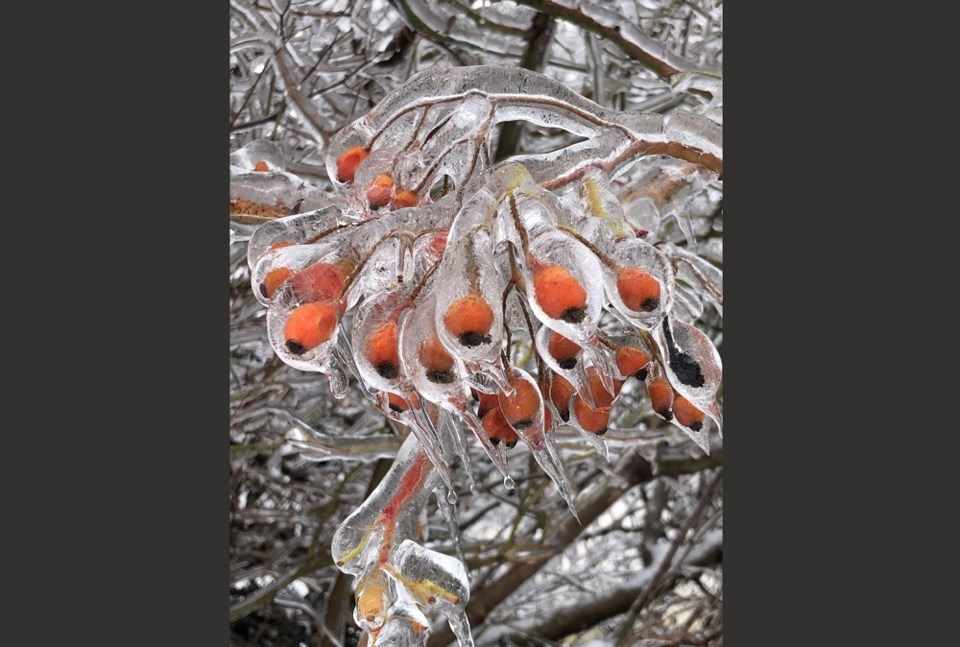Now that we’ve arrived at mid-November, a few things in our gardens may still need some attention before potential winter cold spells set in.
It’s the last real opportunity to plant fall bulbs for spectacular spring displays of snowdrops, crocuses, daffodils and tulips.
For a truly vibrant show, plant your bulbs around early perennials and flowering shrubs. It’s important to make sure your soil is well-draining. Wet, heavy soil can be amended now by working in fine fir mulch to improve its porosity.
Speaking of bulbs, it’s also the last call for lifting any summer bulbs to protect them over winter. Dahlia tubers, canna lilies and any tender corms, like calla lilies, should be kept in a cold storage area where they can safely wait out the winter.
Now is also the time to make sure your roses and rose trees are protected from severe frost.
Cover the bud unions on roses with about 25 cm of fir bark mulch, and rose trees should be encased in a wire frame that is filled with mulch or leaves high enough to cover their top grafts and to keep that bud union safe. Other tender perennials and shrubs should also be mulched to ensure they have that extra protection from severe cold.
Because of our heavier autumn rains, the pH level of your soil will probably have dropped, causing your soil to become more acidic.
Dolopril lime, applied now, will help improve your soil’s pH level, which, in turn, will benefit both your lawn and garden. Fruit trees also need an application of lime around the driplines of each tree. Remember, however, not to apply lime to any area of your garden where you plan to grow potatoes next year, and no lime around acid-loving plants, like azaleas, rhododendrons and camellias.
The leaves are off most of our deciduous trees and shrubs, and these leaves are incredibly important.
Along with other vegetative waste materials and small twigs cleaned up from our gardens, leaves make invaluable compost. If the weather remains very wet, make sure to cover your compost with poly to protect it from becoming a soggy mess. Alternating layers of soil between grass and leaves creates a more ideal situation for beneficial bacteria to thrive and for the decomposing process to work more effectively.
Before heavy snow can damage any of our evergreens, strategic pruning now can make a significant difference.
Most evergreens, like cedar and cypress, and non-flowering broadleaves, like laurel and boxwood, can be tided up to make them more snow resilient. Late-blooming Peegee hydrangeas and other flowering trees and shrubs that bloom on new wood can be trimmed now.
Avoid pruning roses, mophead hydrangeas and all early-flowering shrubs and trees that have their buds already set for next spring’s blooms. Pine, spruce and fir trees should be pruned only when their buds or candles begin to grow in late May.
So far, the weather has been very mild, and many of us continue to have some hardier types of annuals still outside; it is, however, time for them to come in for winter protection. Citrus, gardenias and outdoor hibiscus must be indoors now beside a cool, east- or north-facing window.
Pick up some protective winter insulating cloth, like N-Sulate, for a last-minute coverup of all potted plants still in containers on your deck.
It will give them up to 10°C of added protection, which can make a real difference for your exposed plants.
Finally, why not add just a touch of winter colour in key areas around your patio, home entrance and deck to brighten up your winter.
Hardy winter heathers, like Erica carnea, winter violas and helleborus are just a few examples of our important winter colour plants — colour which can, potentially, last all winter.
Attractive berries, found on deciduous hollies, pyracanthas and wintergreens, will add wonderful pops of colour, as well as provide food for birds, and the red and yellow stems of shrub dogwoods will infuse so much vibrancy into your winter garden.
These plants can all be set out now to add important colour to your winter landscape.



